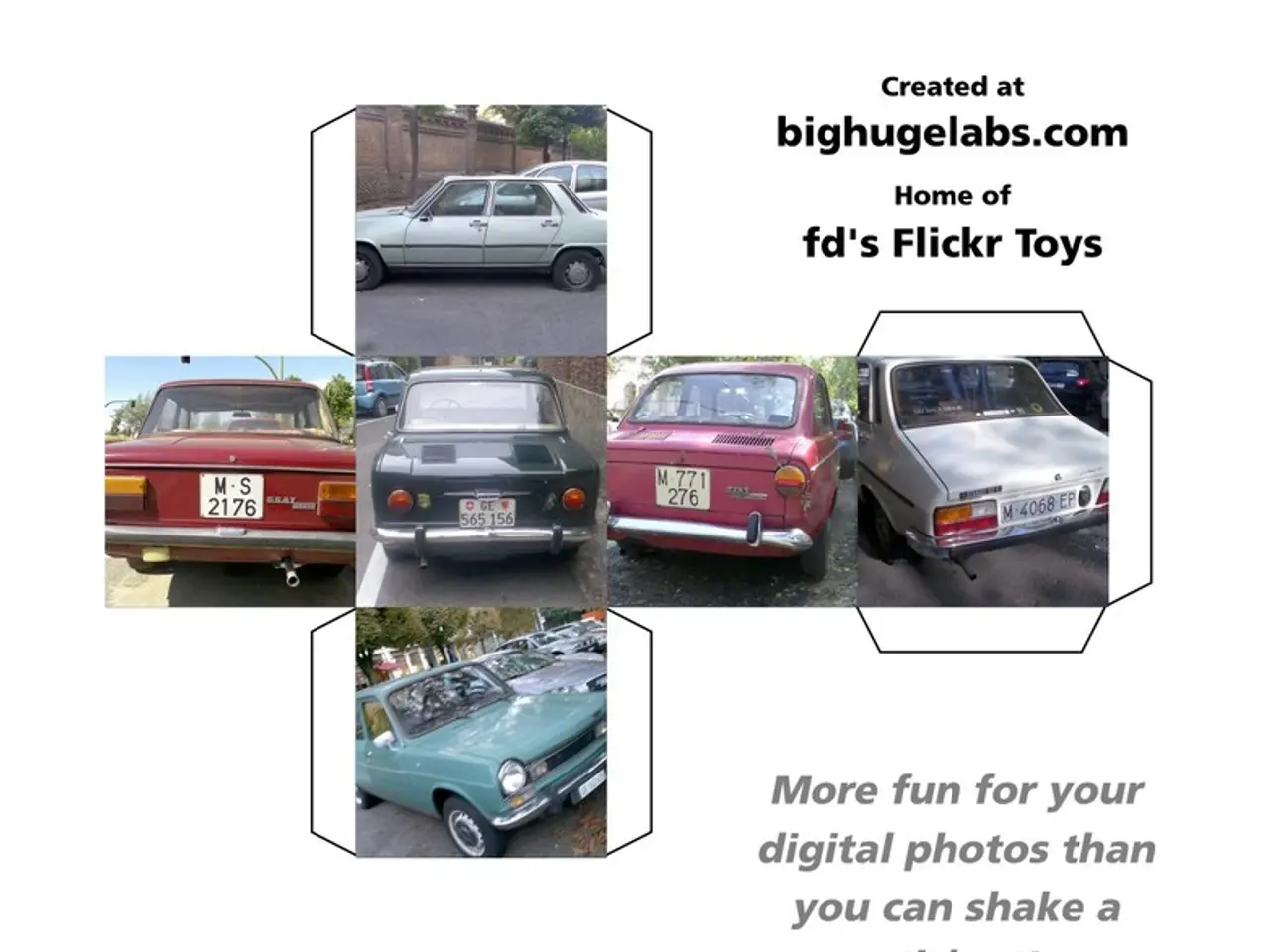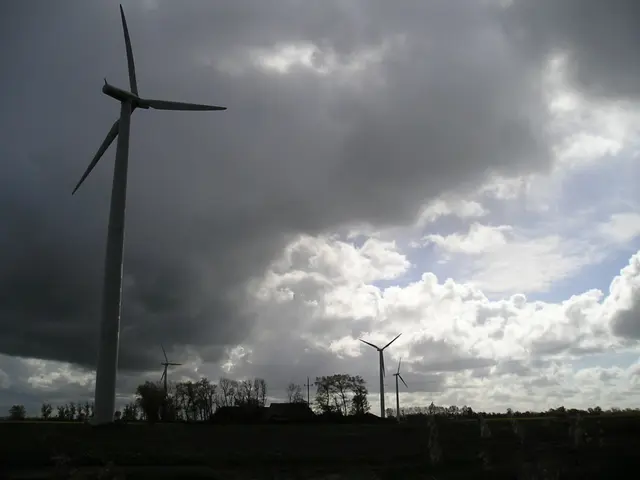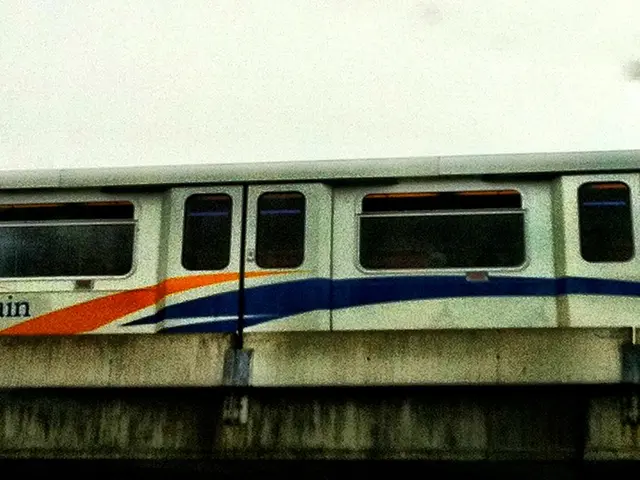Connected Content:
The latest addition to China's New Car Assessment Program (C-NCAP), launched in 2006 to evaluate vehicle safety, is the C-NCAP 2024. This updated program focuses on aligning with global safety standards by introducing advanced driver-assistance systems (ADAS) and expanding the scope of active safety testing.
C-NCAP 2024 consists of three main categories: occupant protection section, VRU protection section, and active safety test for ADAS. In the active safety test, the program includes expanded AEB testing, driver monitoring system (DMS), and road feature recognition (RFR).
Road Feature Recognition (RFR) and Advanced Driver-Assistance Systems (ADAS)
RFR tests system like traffic sign recognition to ensure compliance with speed limits and other road signs. This feature is crucial for maintaining safe driving conditions and preventing accidents. C-NCAP 2024 also includes testing for new ADAS features such as emergency lane keeping (ELK), blind spot detection (BSD), rear cross traffic alert (RCTA), and more.
Advanced Emergency Braking (AEB) Systems
The AEB testing in C-NCAP 2024 covers car-to-car, pedestrian, and two-wheeler scenarios, including occluded and nighttime conditions. The AEB for VRU in C-NCAP 2024 evaluates the vehicle's ability to detect and avoid collision with pedestrians and cyclists, even in challenging conditions. C-NCAP 2024 tests for head impact and leg impact to understand the potential severity of injury on VRU due to an accident.
LeddarTech's Contribution to C-NCAP 2024
LeddarTech, a leading provider of LiDAR and sensor fusion technologies, plays a significant role in helping automotive manufacturers meet the C-NCAP 2024 regulations. Their technology is designed to catch cut-in and cut-out events, being completely aware of its surrounding at all times. This ensures robust performance in adverse conditions, such as rain, snow, fog, and low light environments.
LeddarTech's technology reduces system cost by requiring fewer sensors while maintaining high performance. It delivers superior VRU detection, even in challenging conditions, and performs more accurately, resulting in fewer false alarms and more consistent performance. The technology also doubles the effective range of object detection, crucial for AEB and other collisions and avoidance systems.
Moreover, LeddarTech's AI-based low-level sensor fusion and perception technology contributes to improving performance in end-cap test scenarios for C-NCAP 2024. This technology is particularly beneficial in scenarios where the vehicle needs to detect and respond to objects in the far and near field, such as in the case of pedestrians or cyclists suddenly appearing in the road.
In conclusion, C-NCAP 2024 represents a significant step forward in ensuring vehicle safety, particularly for vulnerable road users. With the addition of advanced driver-assistance systems (ADAS) and expanded active safety testing, the program encourages manufacturers to improve safety features and provides customers with valuable safety ratings to make informed decisions. LeddarTech's technology plays a vital role in meeting these regulations and enhancing vehicle detection accuracy and safety performance.








